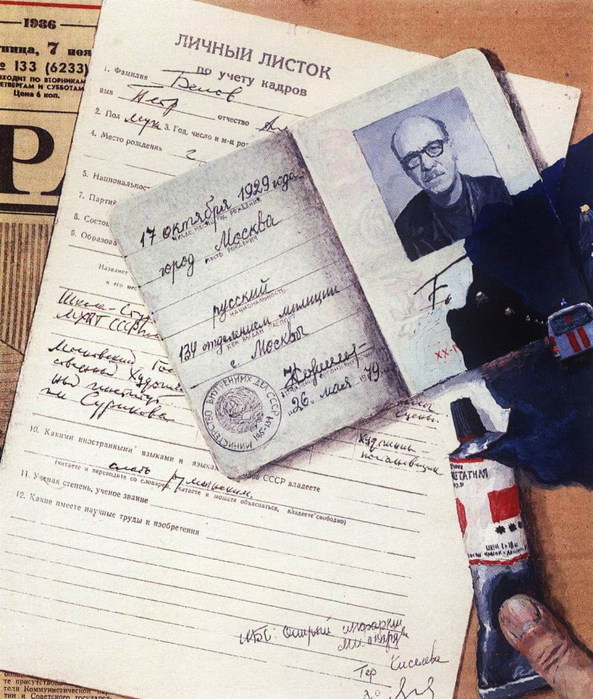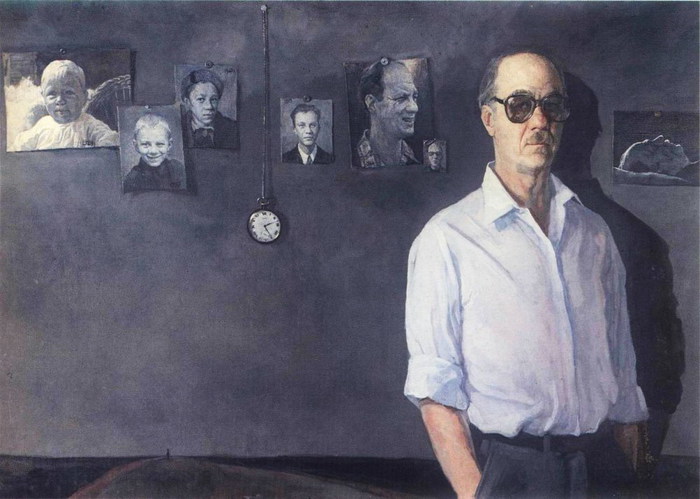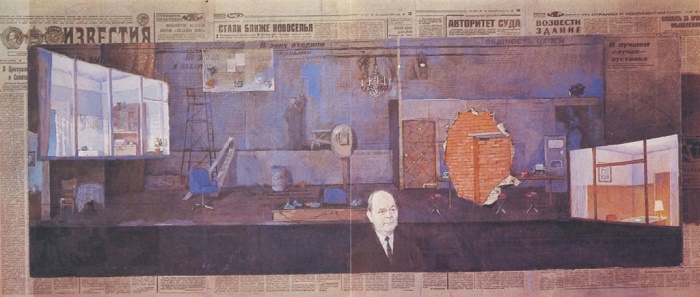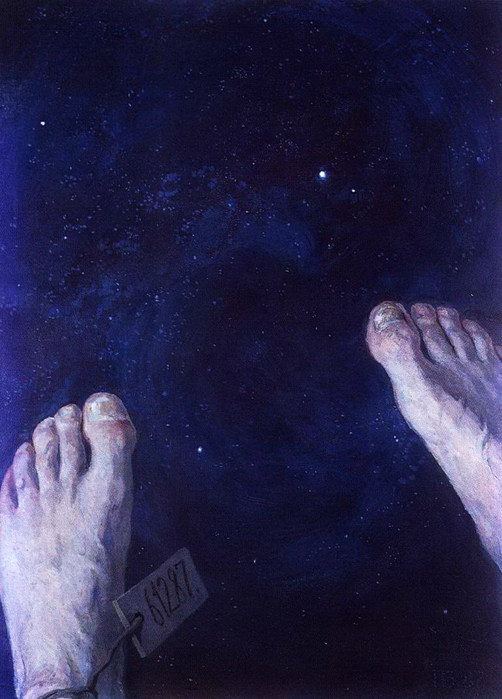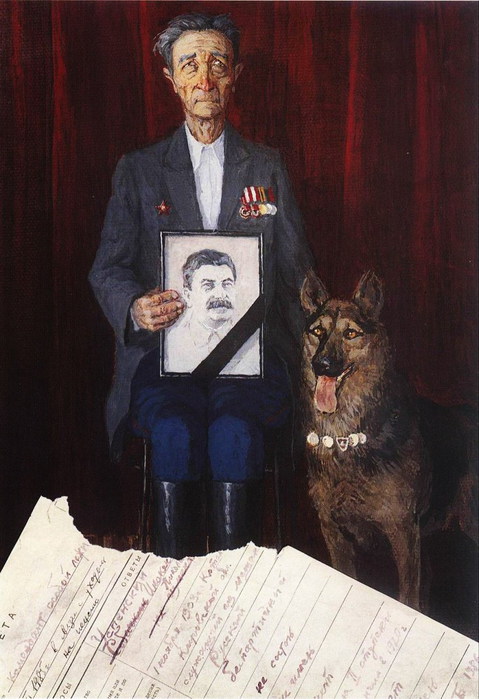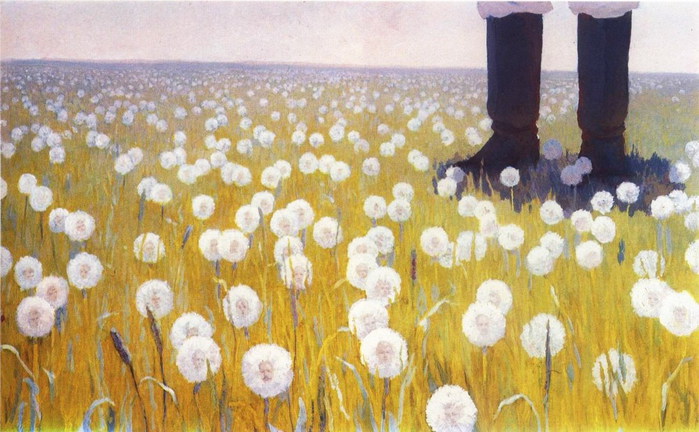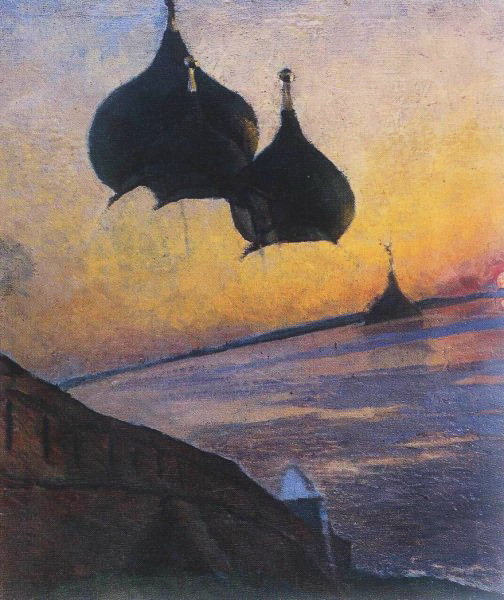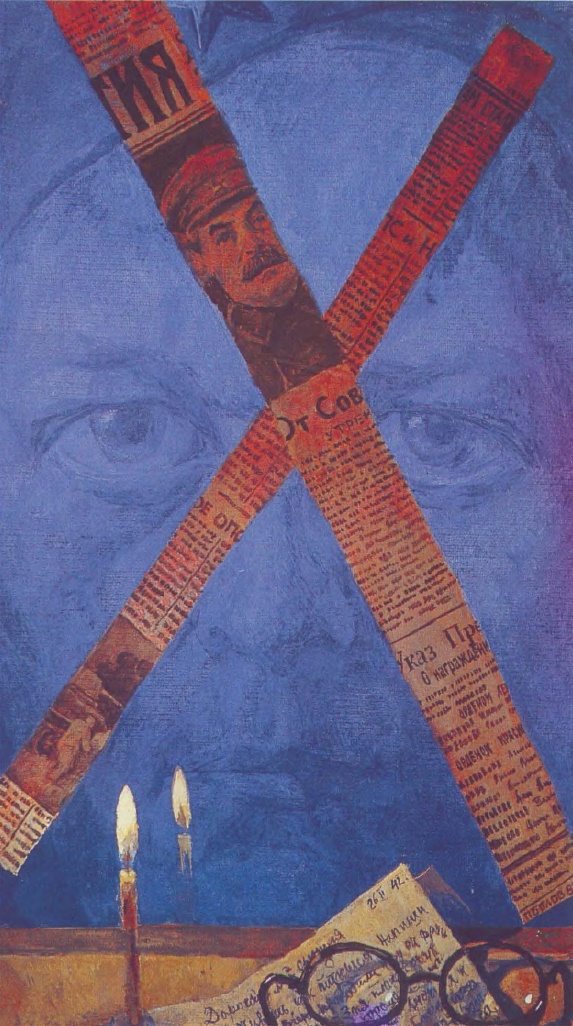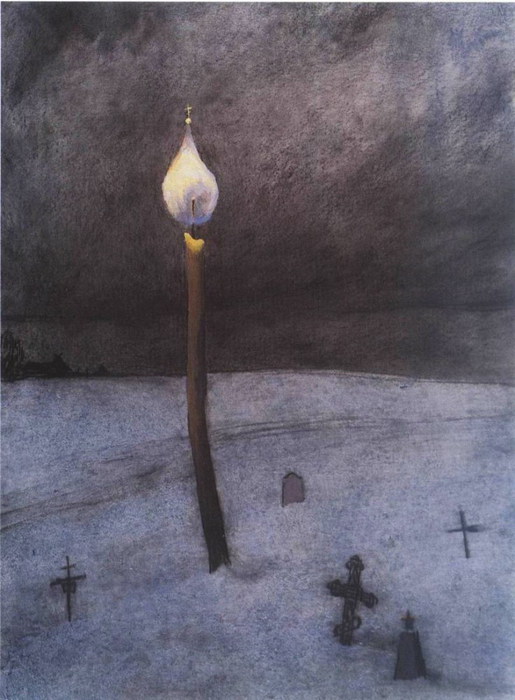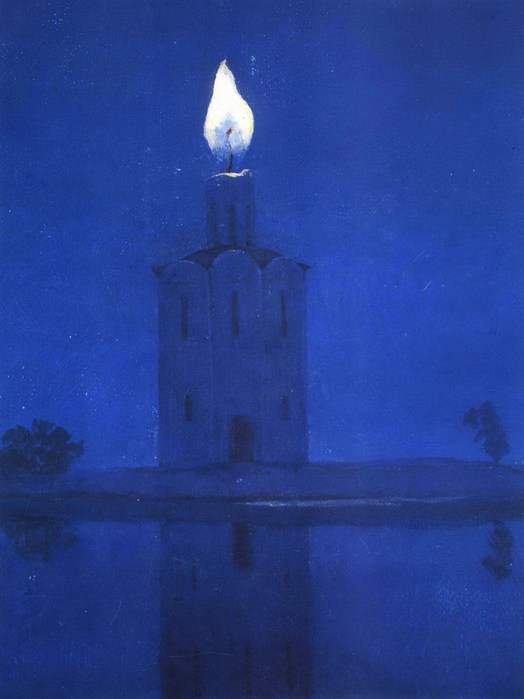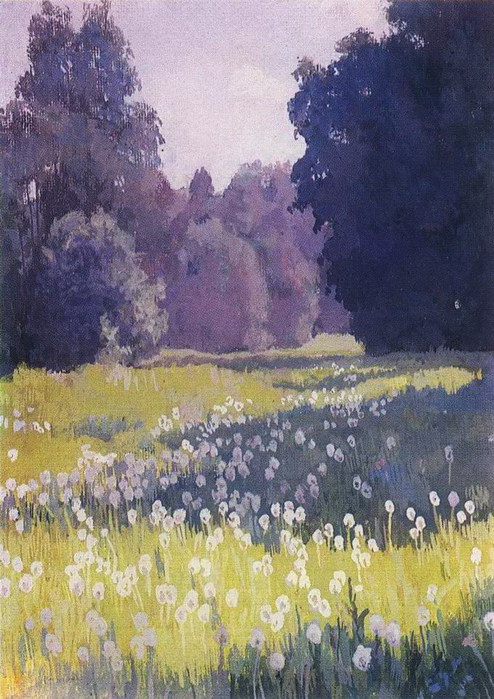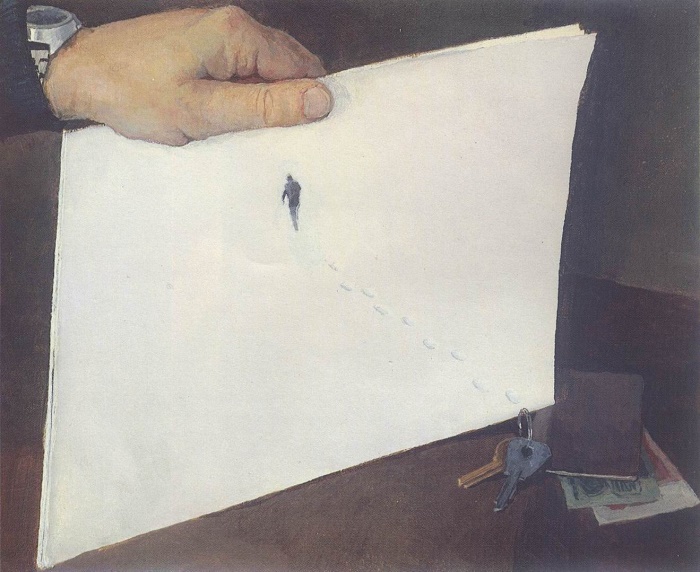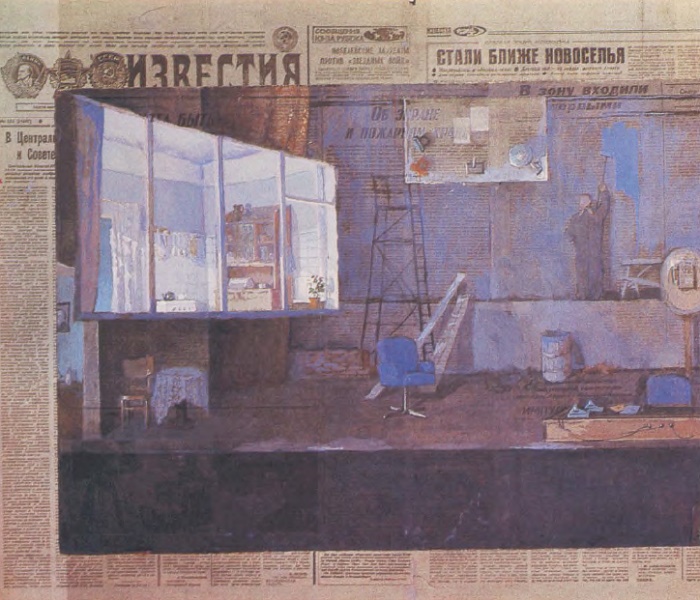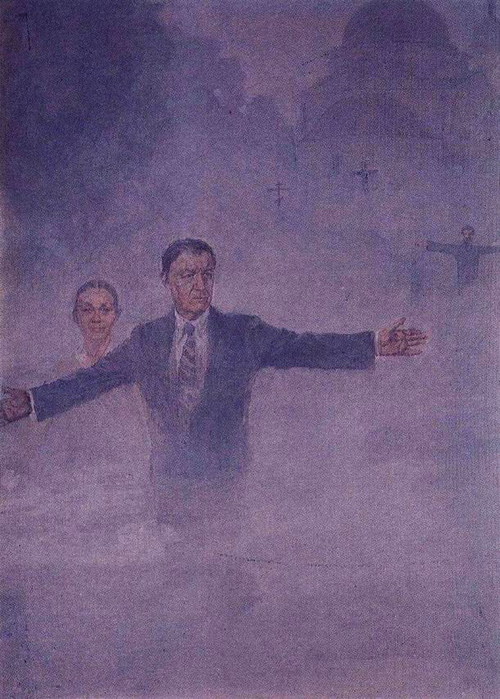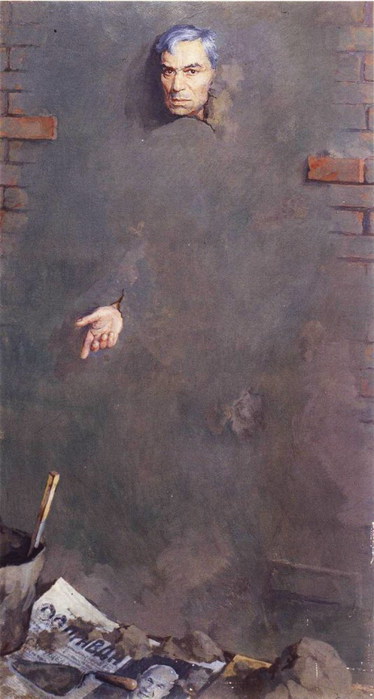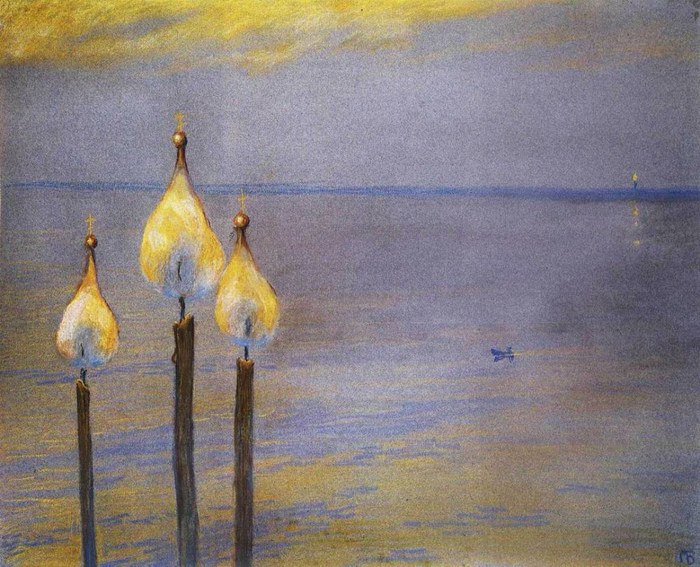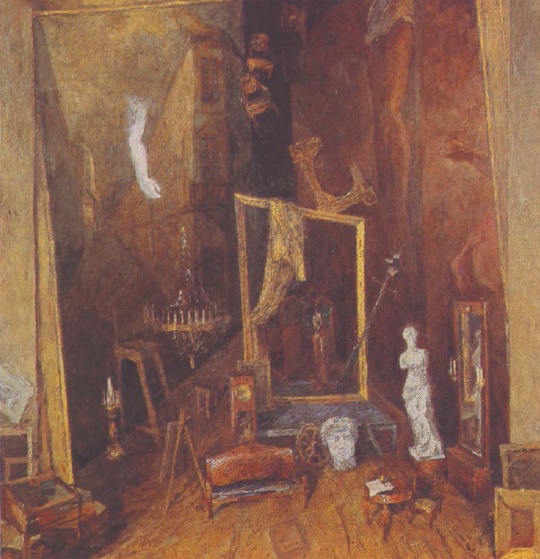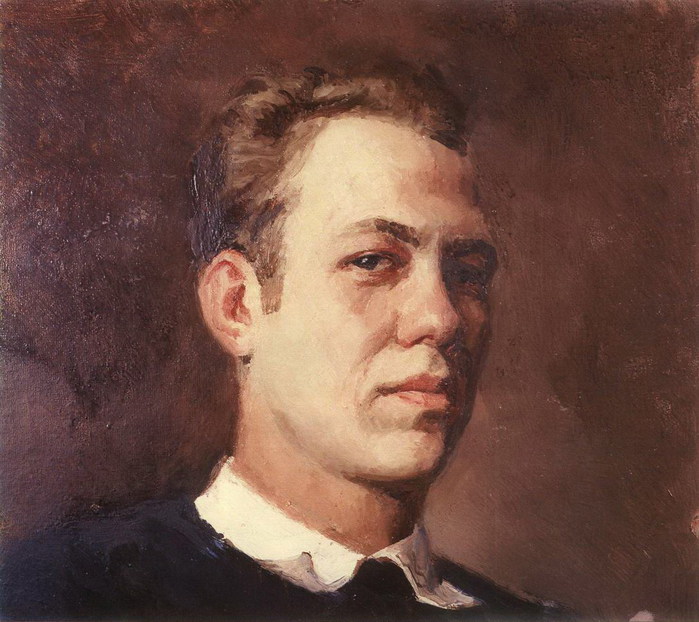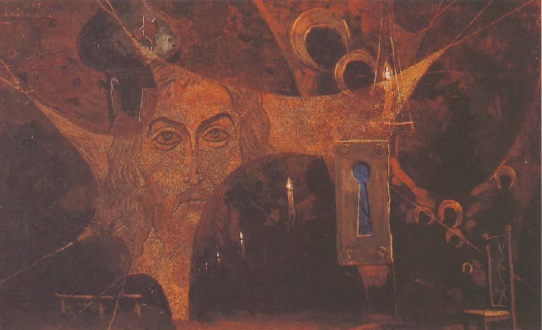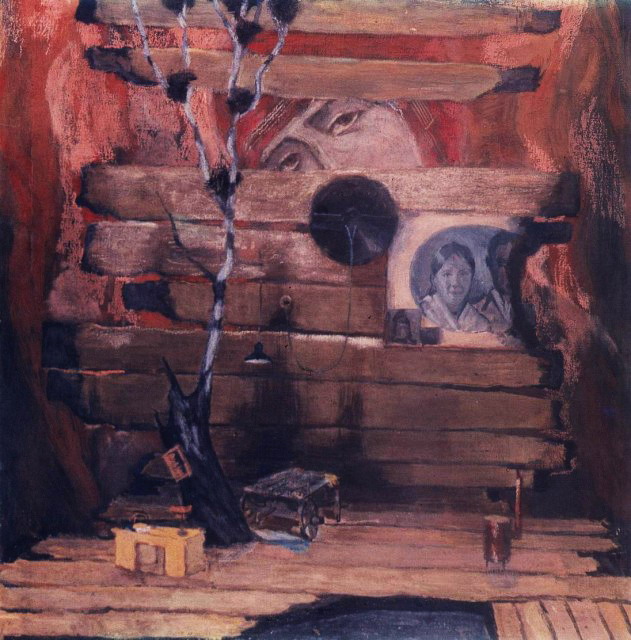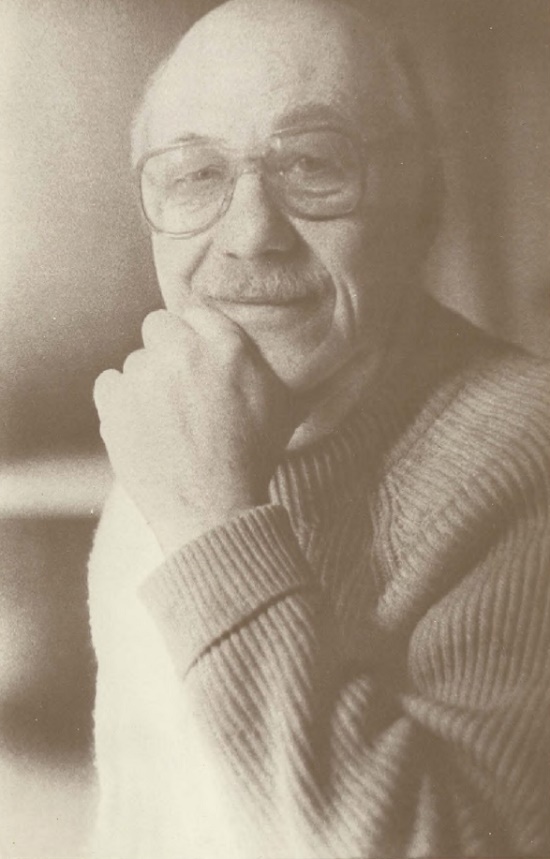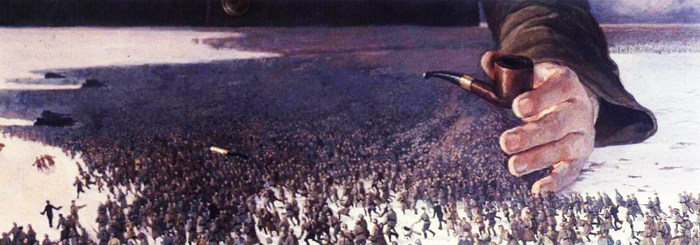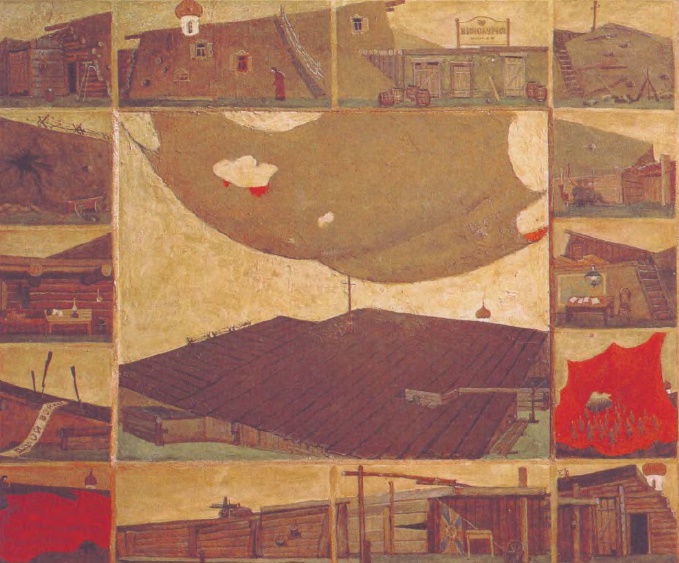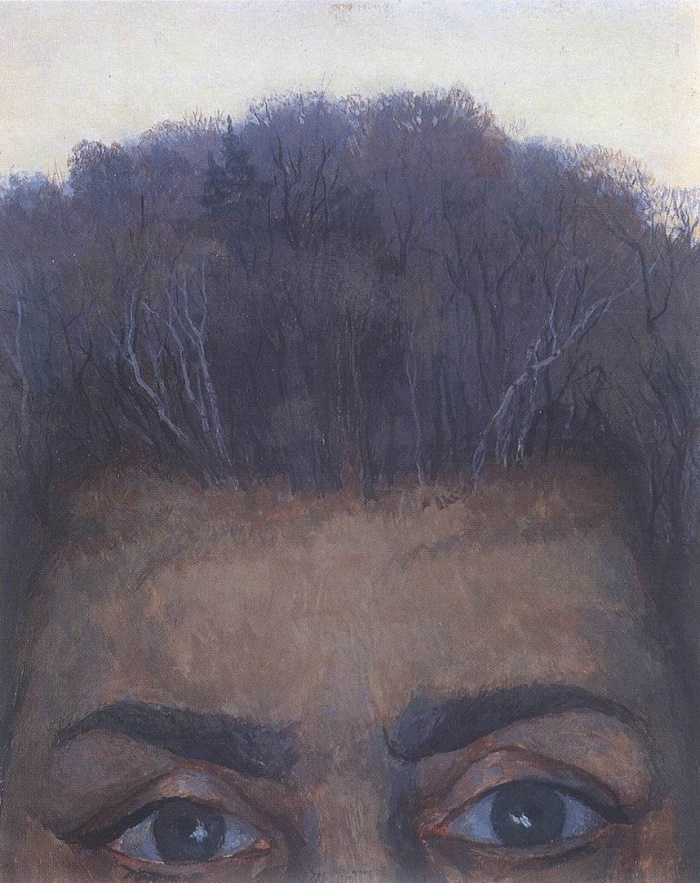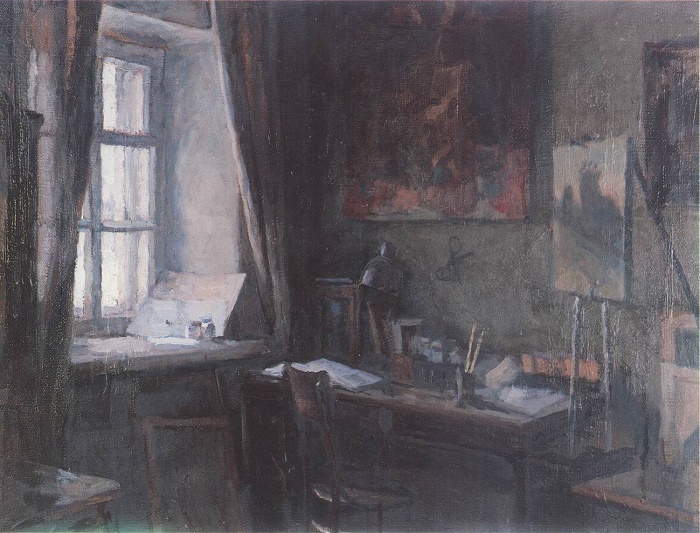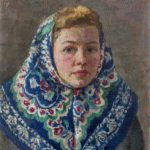Soviet theater artist Pyotr Alekseyevich Belov 1929-1988
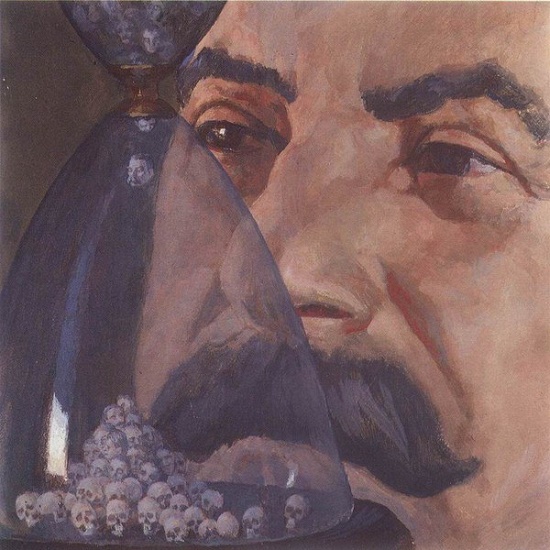
Hourglass. 1987. Soviet theater artist Pyotr Alekseyevich Belov (October 17, 1929 – January 30, 1988)
Soviet theater artist Pyotr Alekseyevich Belov
Since the beginning of perestroika and the collapse of the Soviet Union, it has become fashionable to scold the Soviet past in newspapers, from television screens, theater scenes and paintings of artists. The wave of “denunciation and condemnation” swept over Pyotr Alekseyevich Belov as well. So, according to his friends, he seemed to burst out of creating, and one by one began to appear canvases – small in size, but grandiose in their philosophical content and fullness of thought”. However, it is easy to see that all of the artist’s paintings, which metaphorically portrayed Stalin’s repressions, he created in the period 1985-1988. In total, there were 23 paintings in the “anti-Stalin cycle. Of course, they were up to date, on the wave of popularity and used as illustrations to anti-soviet and anti-Stalin articles. Interestingly, in the early 1990s, took place the premiere of the American film “Stalin” in Moscow. The film began with a panorama of the works of Pyotr Alekseyevich Belov.
Meanwhile, Pyotr Alekseyevich Belov (October 17, 1929 – January 30, 1988), Honored Artist of the RSFSR (1978), member of the USSR Union of artists (1974-1988) was mainly a theater artist.
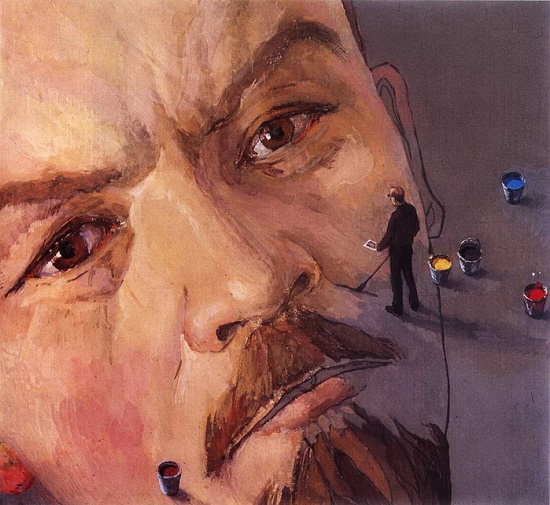
Great Lenin. 1985. Soviet theater artist Pyotr Alekseyevich Belov (October 17, 1929 – January 30, 1988)
Born in Moscow, he studied in the secondary Art school (1949-1953) and the theater studio of the Surikov Institute (1950-1958). For 35 years he worked as a theater artist, and participated in the creation of 150 performances in various theaters of the country. He collaborated with such directors as Oleg Efremov, Peter Monastyrsky, Mikhail Levitin, Rostislav Goryaev and others.
Belov was the head artist of the Theater of NV Gogol, and then, until the end of his life – the Central Theater of the Soviet Army. He painted landscapes of the central strip of Russia. 35 of 58 years of life Pyotr Belov gave to the theater, which he knew and loved. Immediately after graduating from the Student School at the Moscow Art Theater, in 1953, Belov became the head artist of the Soviet theater in Romania. Then, upon his return to Moscow, he became a chief artist of the Moscow Regional Theater for Young Spectators. In 1967-1974 he worked at the Moscow Drama Theater named after N.V. Gogol, and the last 14 years of his life was the main artist of the Central Academic Theater of the Soviet Army. Peter Belov designed about 150 performances in various theaters of the country, collaborated with many well-known Soviet filmmakers and playwrights.
“I love an empty scene,” Belov wrote in one of his articles. – On Tuesdays, when there is no one in the theater, and the scene is dimly lit by the light on duty, it is like a still life. In the corners of it and at the walls, the scenery, thoughts and passions of the artists, which were and are.
An empty scene is as beautiful as a blank canvas. It can be everything: and what will go down in history, and what will be forgotten right there. I love an empty scene, not only for the past. I love it for the whole future, for everything that has not been done, for the feeling what wonderful masters will come here again … ”
Soviet theater artist Pyotr Alekseyevich Belov

Idiot. Based on the novel by F. Dostoyevsky. 1984. Design sketch. Canvas, PVA. Property of the Union of Artists of the USSR
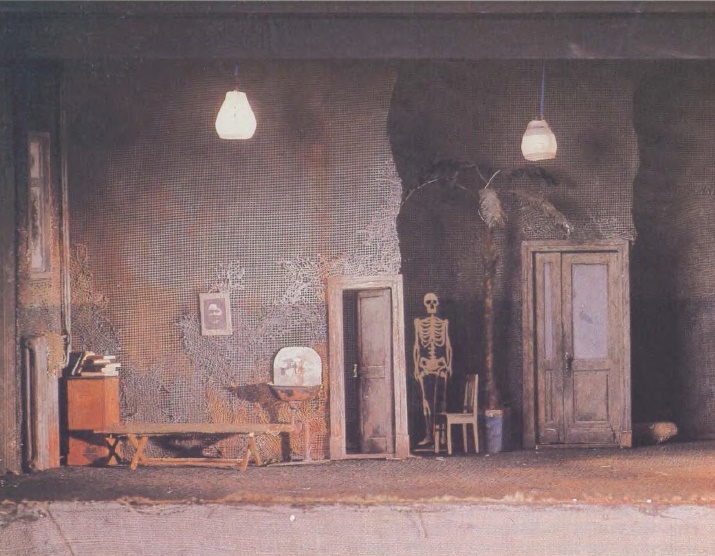
My happiness … A. Chervinsky. 1982. Design sketch. Canvas, PVA. Property of the Union of Artists of the USSR
source
The catalog “Peter Belov”. V / O “Soyuzteatr”, 1988. Published in Kalinin
